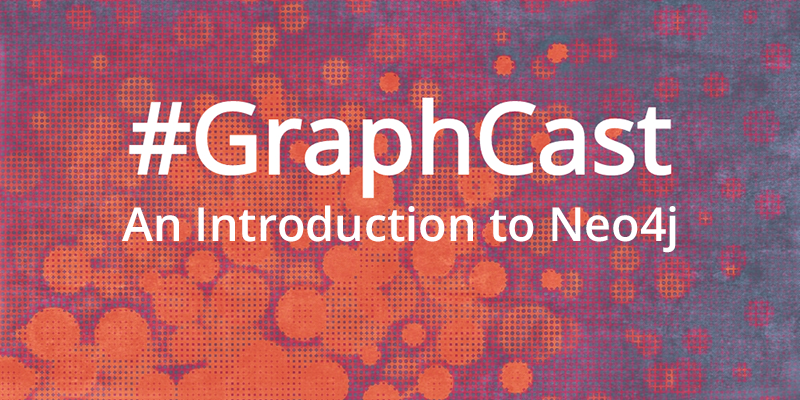Why Graph Databases are Perfect for the Internet of Things

CEO & Co-Founder, Neo4j, Inc.
4 min read

Originally published for Silicon Angle
Why Graph Databases are Perfect for the Internet of Things
Goldman Sachs recently posited that the Internet of Things, the so-called “Third Wave of the Internet,” will “transform the way we live and work” as it opens up “a host of new opportunities and challenges for companies, governments and consumers.”
Meanwhile, Morgan Stanley recentlypredicted that within the next five years, some 75 billion connected devices will be in use worldwide. This number is rapidly approaching the estimated 86 billionneurons in the human brain. Just as human intelligence results not from the number of neurons in our brains, but from the 100 trillion or so connections between them, so too the value of the devices comprising the Internet of Things (IoT) bear a strong relationship to the connections and interactions between those devices.
While the neuron-to-device analogy only goes so far, two points are worth remembering:
- Devices in isolation bring little value to the IoT; rather, it’s the connections between devices that truly bring forth the latent possibilities.
- We’re not just speaking about tracking billions of connections; the IoT will have many, many trillions of connections, particularly considering it’s not just the devices that are connected, but people, organizations, applications, and the underlying network.
As a result, the Internet of Things should perhaps instead be called the “Internet of Connected Things.” This emphasizes the network itself, and the many interaction points between individual devices, people, apps, and locations; and how they can and should (or should not) interact. Understanding and managing these connections will be at least as important for businesses as understanding and managing the devices themselves.
Imagination is key to unlocking the value of connected things. For example, in a telecommunications or aviation network, the questions, “What cell tower is experiencing problems?” and “Which plane will arrive late?” can be answered much more accurately by understanding how the individual components are connected and impact one another.
Understanding connections is also key to understanding dependencies and uncovering cascading impacts. Such insight allows businesses to identify opportunities for new services and products that make the most of the IoT. To identify these opportunities, businesses need tools that can show these connections quickly and easily.
This is where graph databases come in. The most general purpose of so-called NoSQL data models, graph databases store and process any kind of data by bringing connections to the fore. A “graph” can be thought of like a whiteboard sketch: When you draw on a whiteboard with circles and lines, sketching out data, what you are drawing is a graph. Graph databases store and process data within the structure you’ve drawn, providing significant performance and ease-of-use advantages, plus unparalleled ease in evolving the data model. No other type of database does this. Because they are designed to do so, graph databases are becoming an essential tool in discovering, capturing, and making sense of intricate relationships and interdependencies. This not only provides significant IT efficiencies, but enables a next generation of functionality for businesses.
Some of the emerging IoT uses for graph databases include enabling manufacturers to understand up- and downstream effects of real or simulated events across entire supply chains. They also allow retailers to combine information about on-premise and online behavior (purchasing or browsing) through all of the users’ devices and interaction points. This enables sellers to make more intelligent point-of-sale recommendations using graph-based search techniques not dissimilar from the ones Facebook uses. They also open a new world of network and device monitoring and management, allowing more sophisticated types of impact and dependency analysis used to optimize routes, build networks, and get to the root cause of failures immediately.
The answer to the complexity and interconnectedness of the IoT is to reduce the wash of data to its common denominators – the connections between devices. Graph databases provide a natural way to represent these connections because they are made to open new avenues for extracting real business value from the Internet of Things. After all, just like neurons in the human brain, true intelligence comes not from the sum of devices, but from navigating the connections that link them. Understanding connections is one of the big challenges that companies must handle as they seek new opportunities in the Internet of (Connected) Things.
Read the original article on Silicon Angle
Want to learn more about graph databases? Click below to get your free copy of O’Reilly’s Graph Databases ebook and discover how to use graph technologies for your application today.








